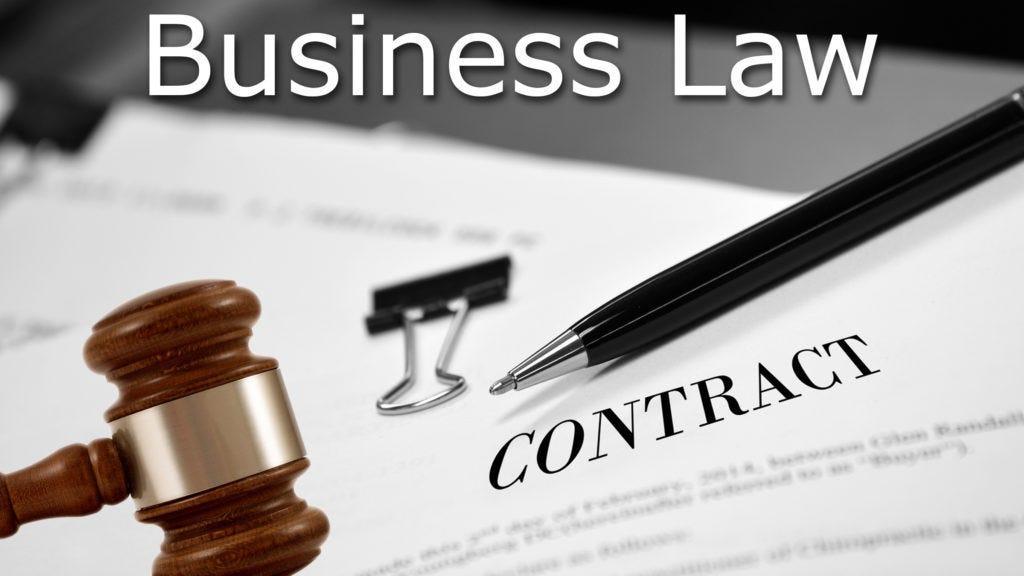
When it comes to doing on-page optimization of your website, URLs and their structure play a significant role in adding more value to the overall SEO. The right structure of URLs not only helps search bots to understand your site better but also helps users to have a better browsing experience. So, it becomes instrumental to pick the right URL structure and optimize the site accordingly.
Basically, there are two types of structures which are— absolute and relative URLs. If both the terms are new to you, we have got you covered. In this article, we will have a look at what exactly are these URLs and which one you need to pick.
First, understand the absolute URL structure:
An absolute URL structure has the complete web address including the protocols of the domain name. This URL structure tells the search engines and users about the location of each web page in the main folder. In simple terms, an absolute URL is like a full-fledged path that tells the complete information about the page. Have a look at the structure of the absolute URL below:
<a href = https://www.yourdomain.com/your_page.html >
You must have this type of URL structure on most of the site as it's widely used by webmasters while developing the website. Now, let's jump on to the second category and understand what are relative URLs.
Understand what are relative URLs
Relative URLs are short as they do not use the full web address and only have the exact location of the page following the domain name. In this case, it assumes that the like you have added is on the same website and it's a part of the same root domain. These are simple and short URLs but it's almost impossible to understand what the web pages mean just by looking at them. These URLs starts with a forward slash, have a look at the relative URL structure below:
<a href = "/your_page.html">
After understanding the difference, one question that strikes every site owner's mind that which is the best for SEO, well it completely depends on the purpose. Let's dive deep and understand the pros and cons of both structures.
Why use relative structure
When talking about the relative structure, it's much easier for the web developers to scale a website to thousands of products. As the whole path is not visible, the site is easier to manage on staging and also quick to move on the live servers.
And, if you are using a CMS that has its staging platform with a unique domain, then it becomes fairly easy for the developers to copy entire content on staging. With relative structure, the same website is easy to keep on both live and staging domains. This saves time in re-coding all the URLs and this is the reason why developers prefer relative in case of large sites.
But in the case of better SEO, especially small websites that have less than a hundred pages, it becomes difficult to read the URLs to know about that page content. For e-commerce, which has thousands of pages with almost the same products and content, relative URLs are the best as they are easy to manage on the server-side. As the users also don't pay more attention to URLs when it comes to products, relative URLs are the best.
But, if you are running a blog, then having relative URLs will not be that beneficial. It is because it will not improve the overall user experience and in some cases, may increase the bounce rate. So, it's better to consult an SEO expert and implement them accordingly.
Why use absolute URLs
When you use absolute URL structure for your site, the entire path is visible and it becomes for the visitors to predict what's inside the page. This is among the most commonly employed URL structures and it has greater SEO benefits than the relative ones.
When the URLs are made up from the absolute method, it's difficult for webmasters to extract information from your site's root directory using scraper tools. If you have all the internal links as relative URLs, it would be easier for a tool to scrape the entire website and upload it up on a new domain.
Another advantage of absolute URLs is that they help in managing and removing the duplicate content in a faster way as compared to the relative structure.
The last but absolutely important reason why absolute URLs are more useful than relative is because of the internal linking strategy. While coding the URLs, we SEO people always think of a good internal linking. If the site has a <base href> tag that was executed incorrectly on the site along with relative URLs, it will generate a page that will redirect to a 404 error page. In such situations, absolute URLs save you from additional work.
Absolute and Relative URLs: Which one to pick
If you deep dive more into the URL structures, you will find more functionalities of both of them. Picking one from Absolute and Relative URLs depends on what kind of website you are running. If you are into e-commerce and have a lot of pages to display, saving on resources on the server-side makes sense. In that condition, the relative structure will work best for you.
On the other hand, if you are running a normal site and on-page SEO really matter to you for organic traffic, then absolute URLs are the best. Overall, absolute URLs are more SEO-friendly than relative URLs. So, if you are building a new site for your personal branding or your startup, it's recommended to go for absolute structure.
And, if you don't have a team of developers who can code it for you, it's better to opt for suitable SEO packages and get this important thing sorted. Once you have established your URL structure, then it becomes easier for you to plan your advanced SEO strategies.
Also read about:
A Handy Travel Guide to Seattle
Change Order Management Simple Steps to Enable Construction Cost Control
Kratom Extracts Benefits And Effects










